Maus Contemporary
LUCA BUVOLI
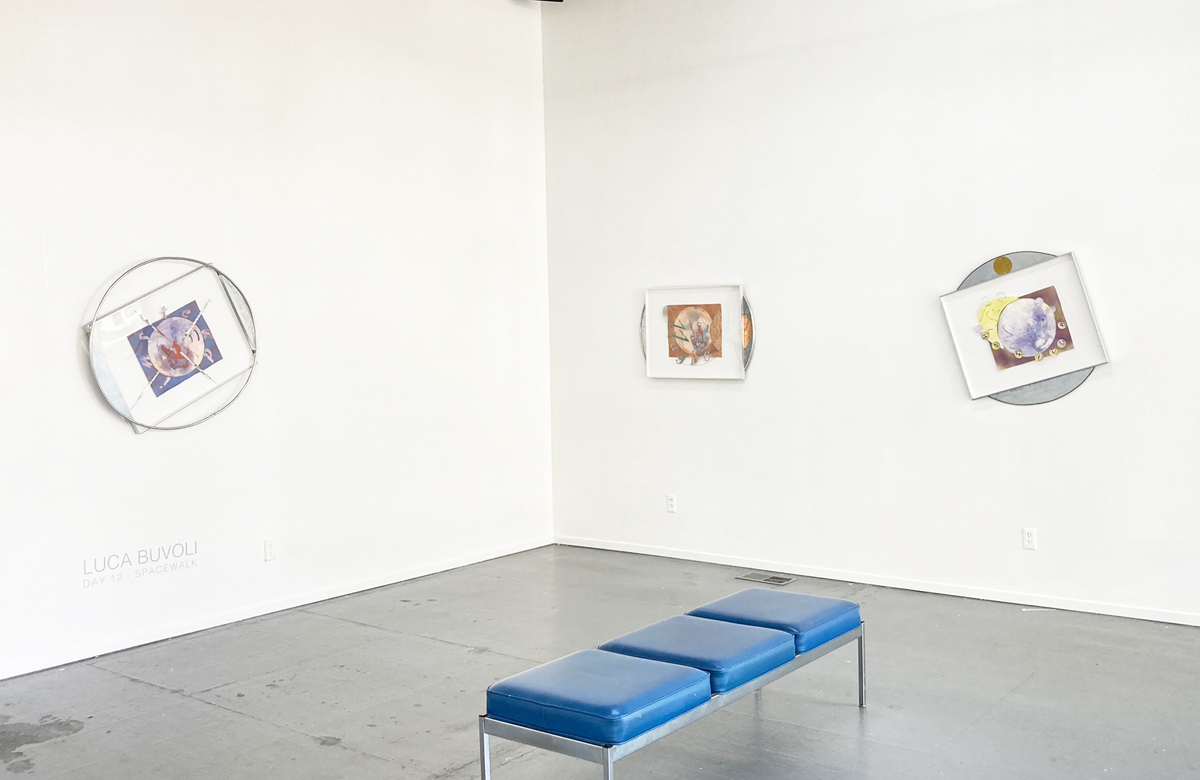
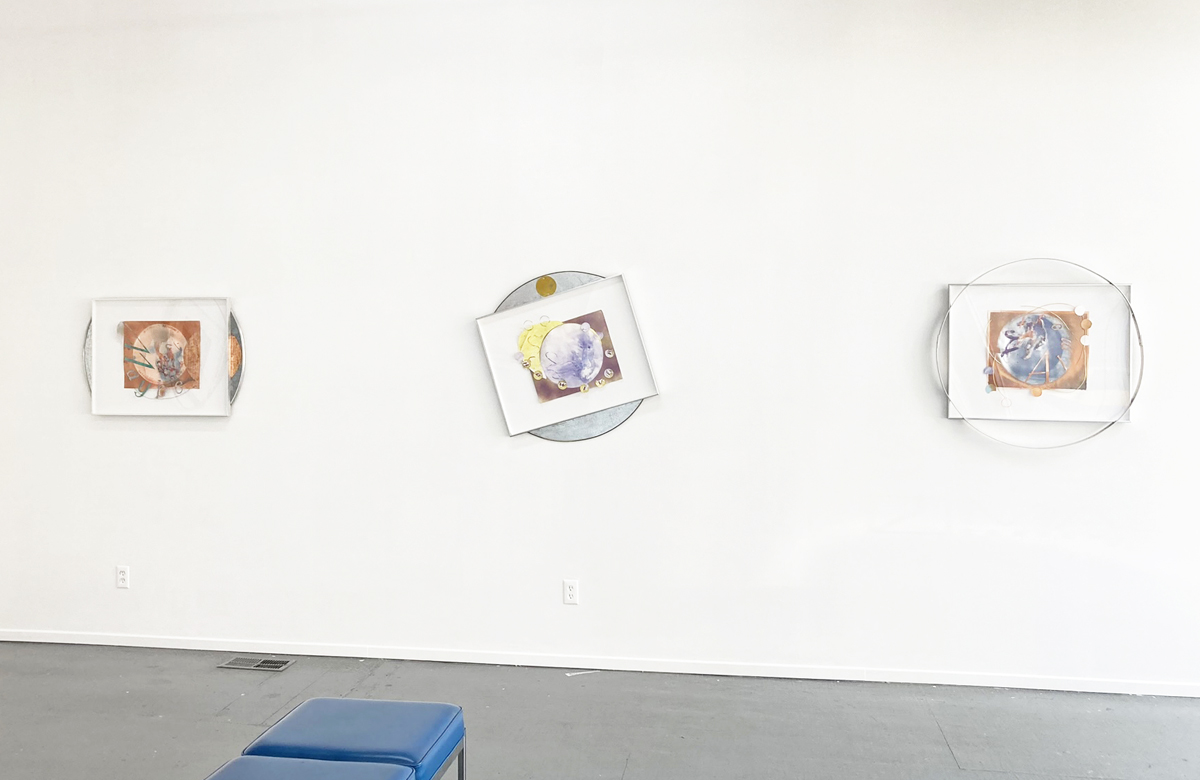
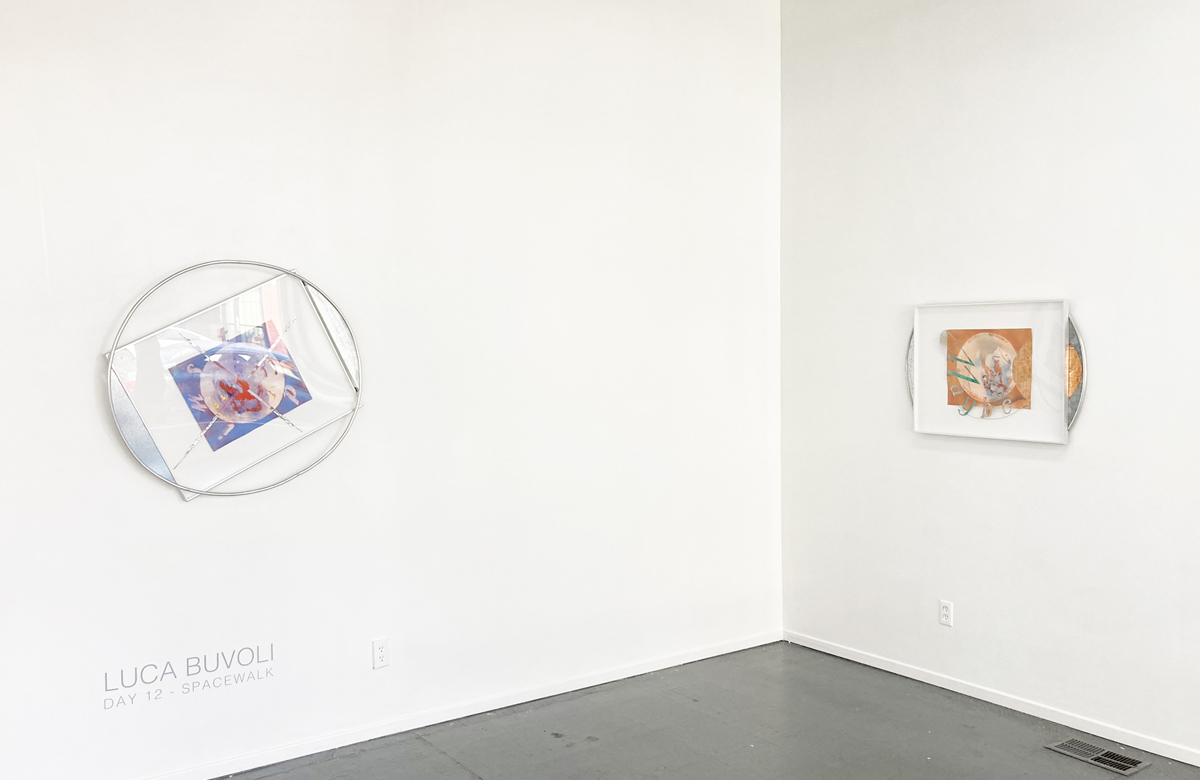

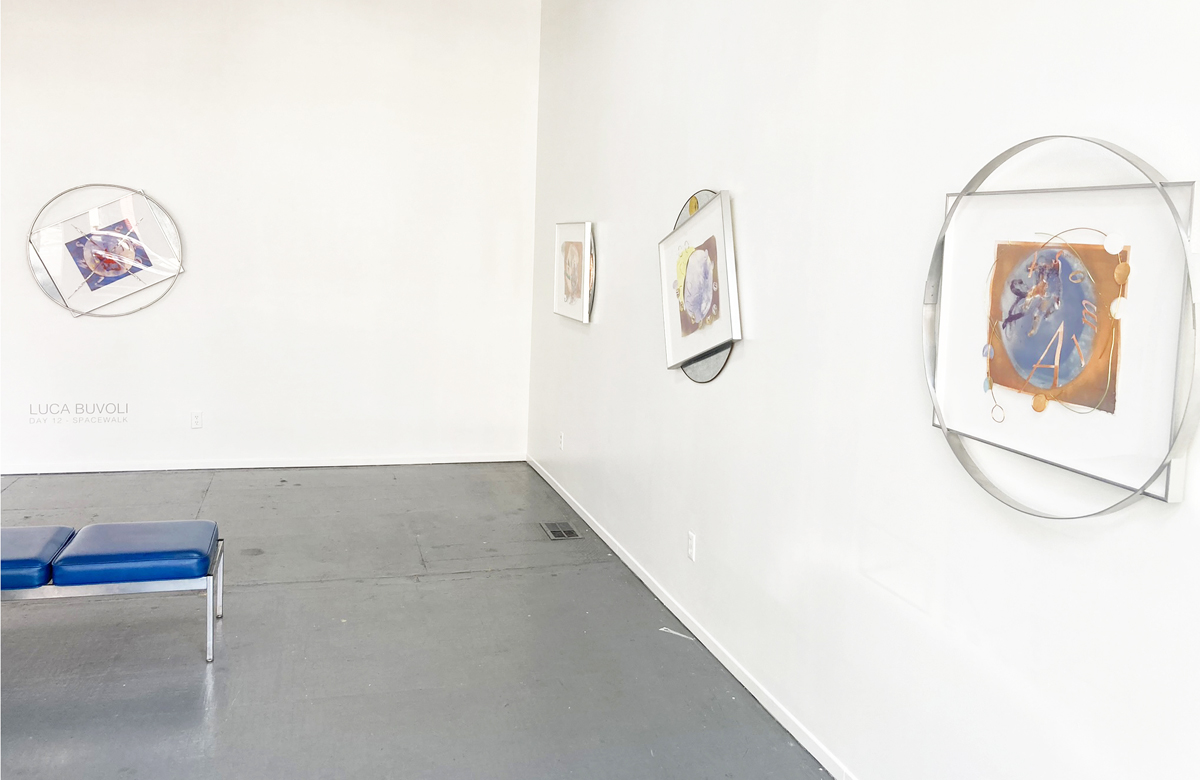
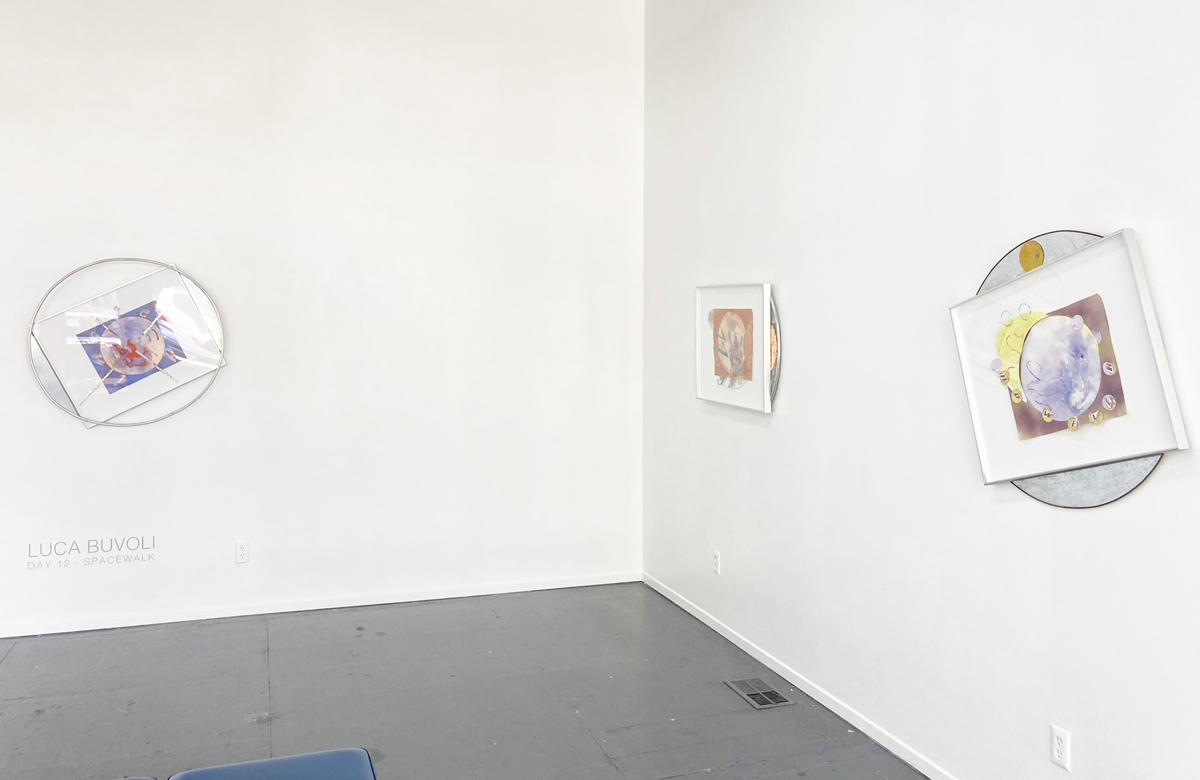
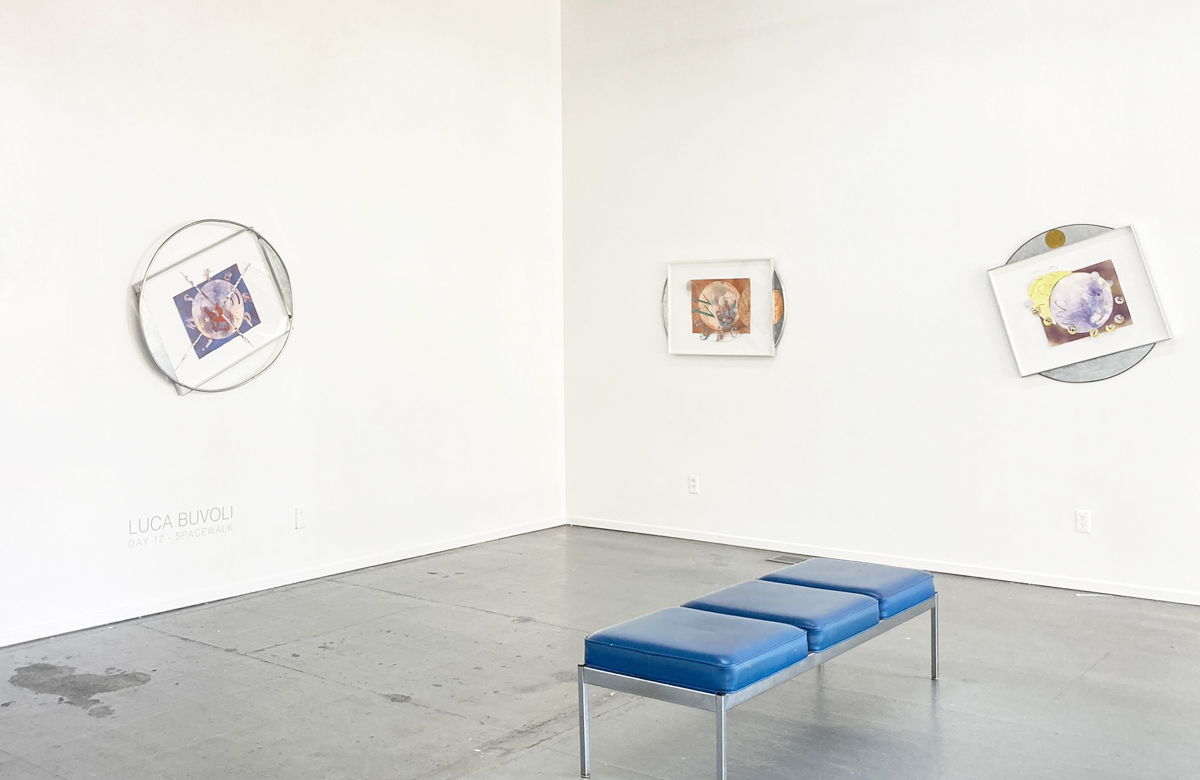
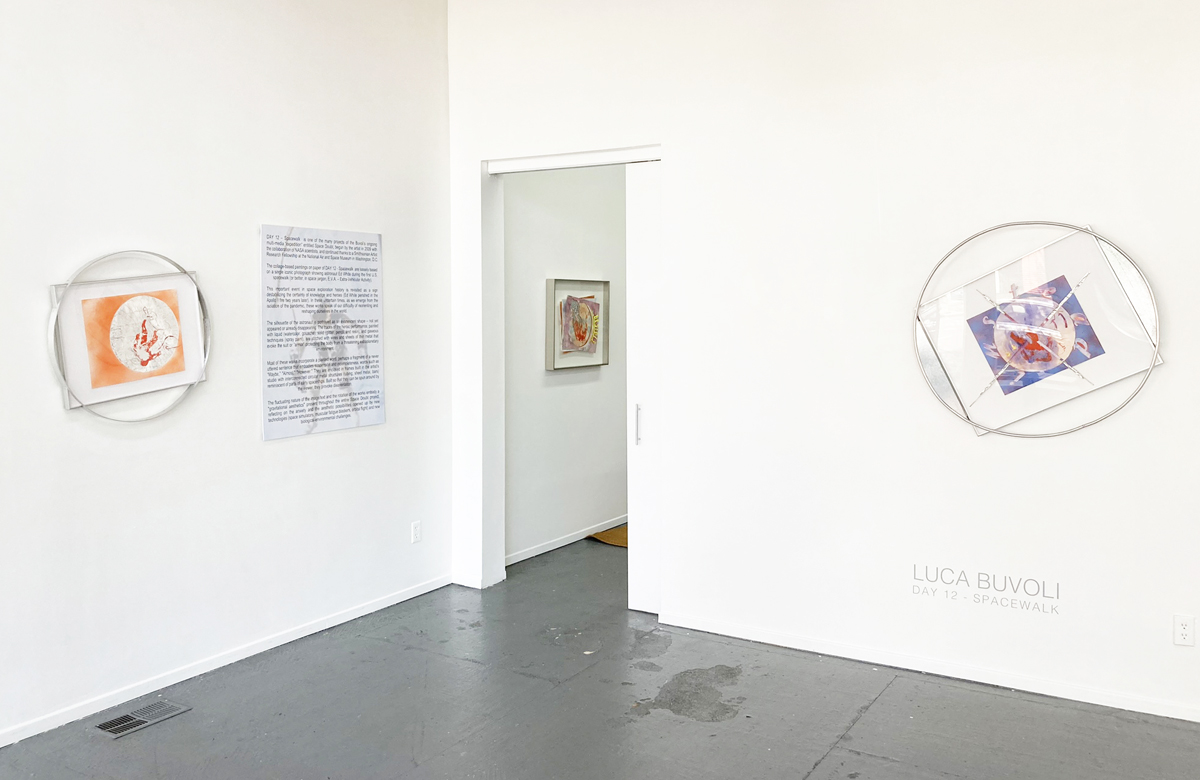
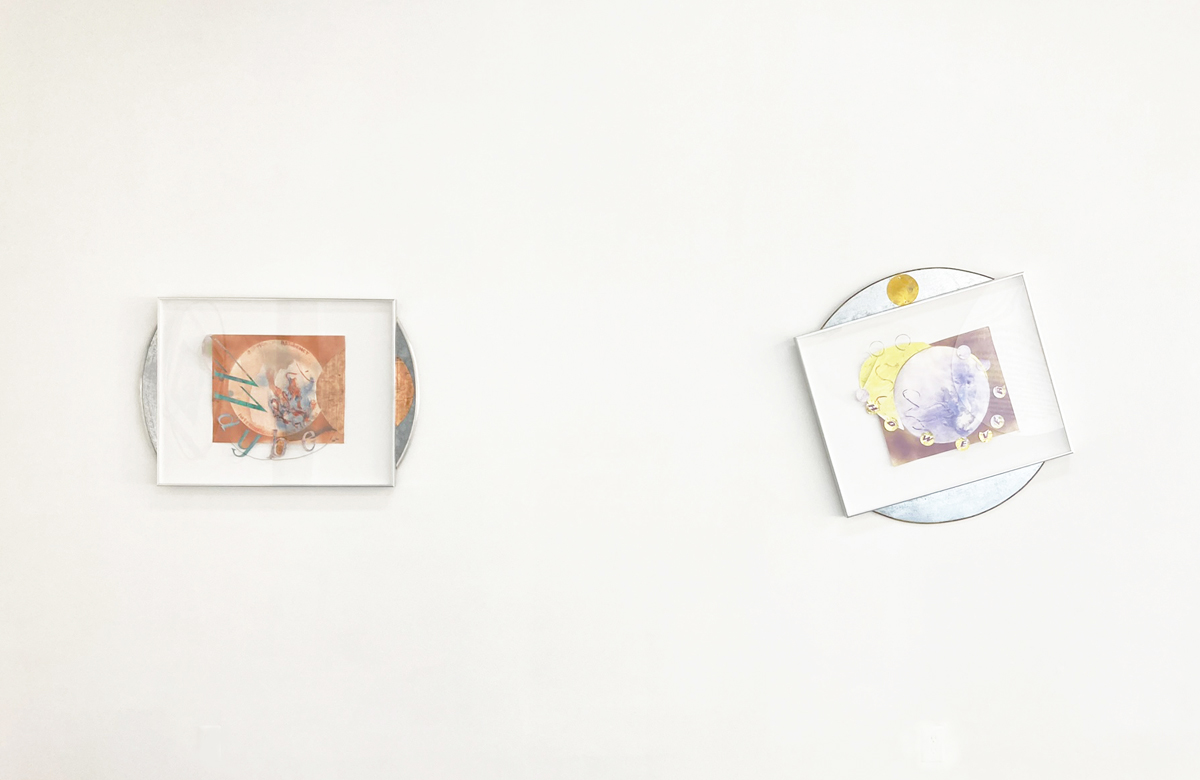
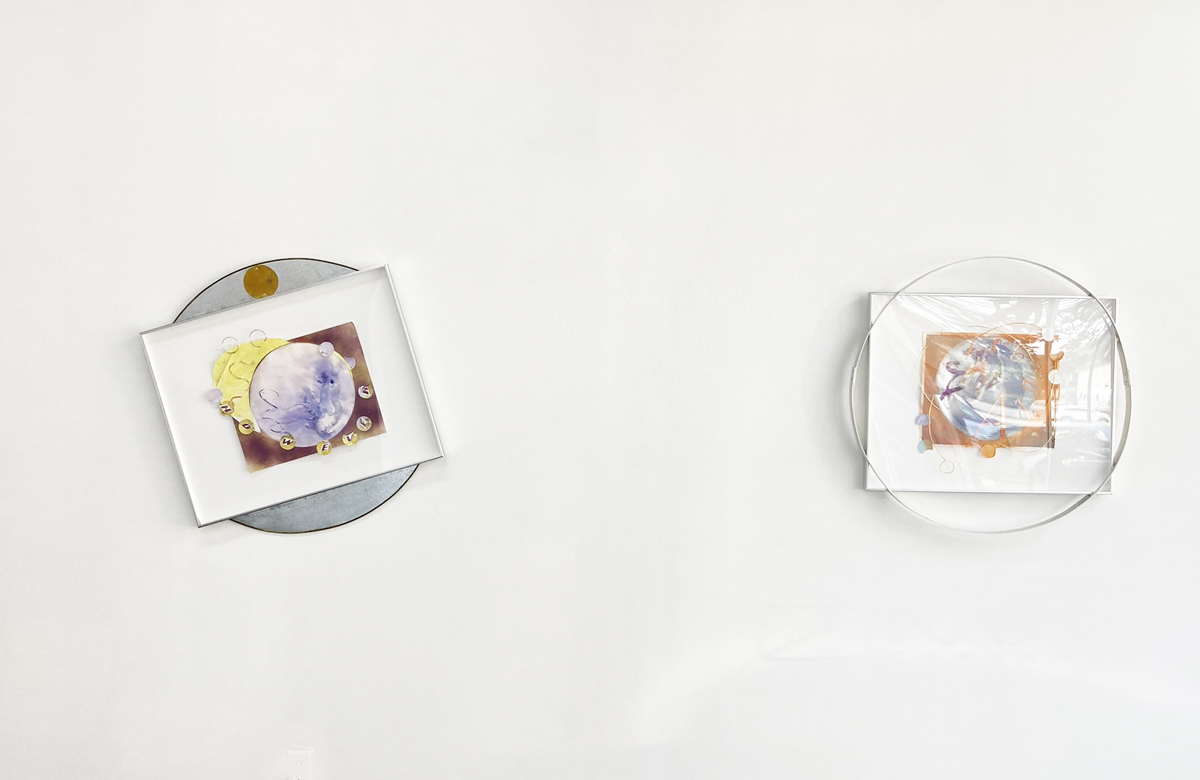
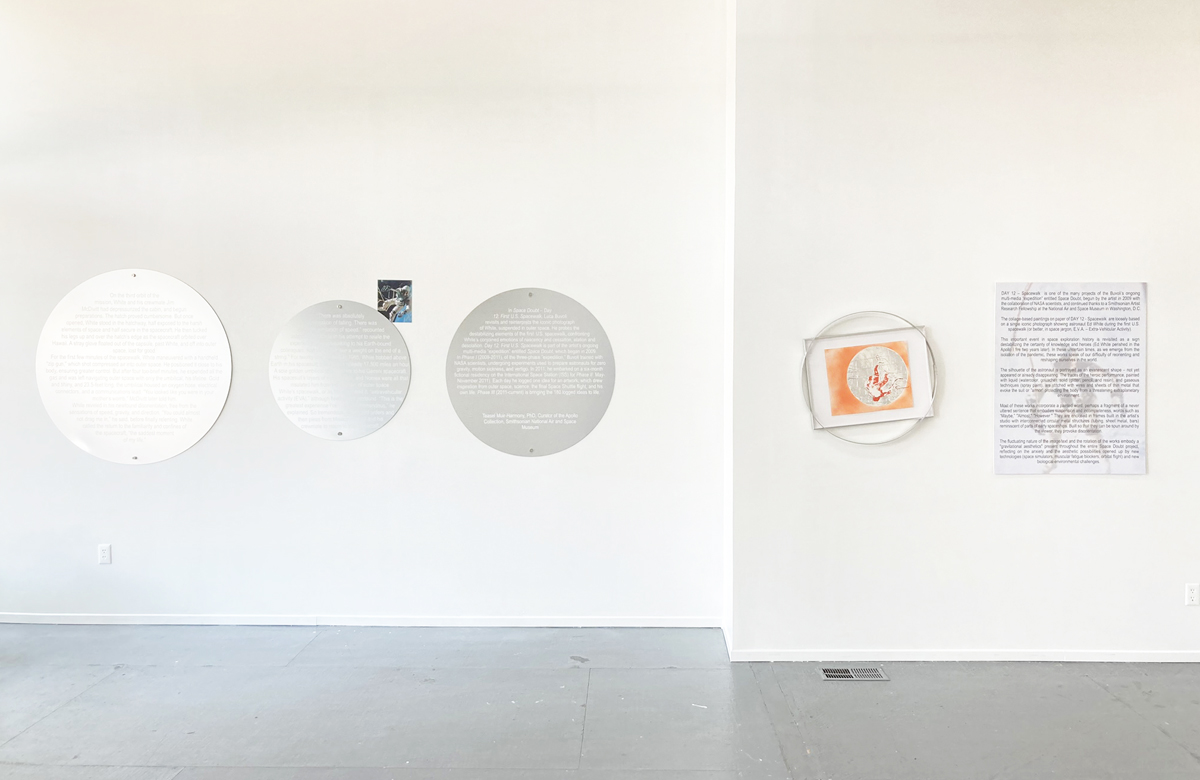
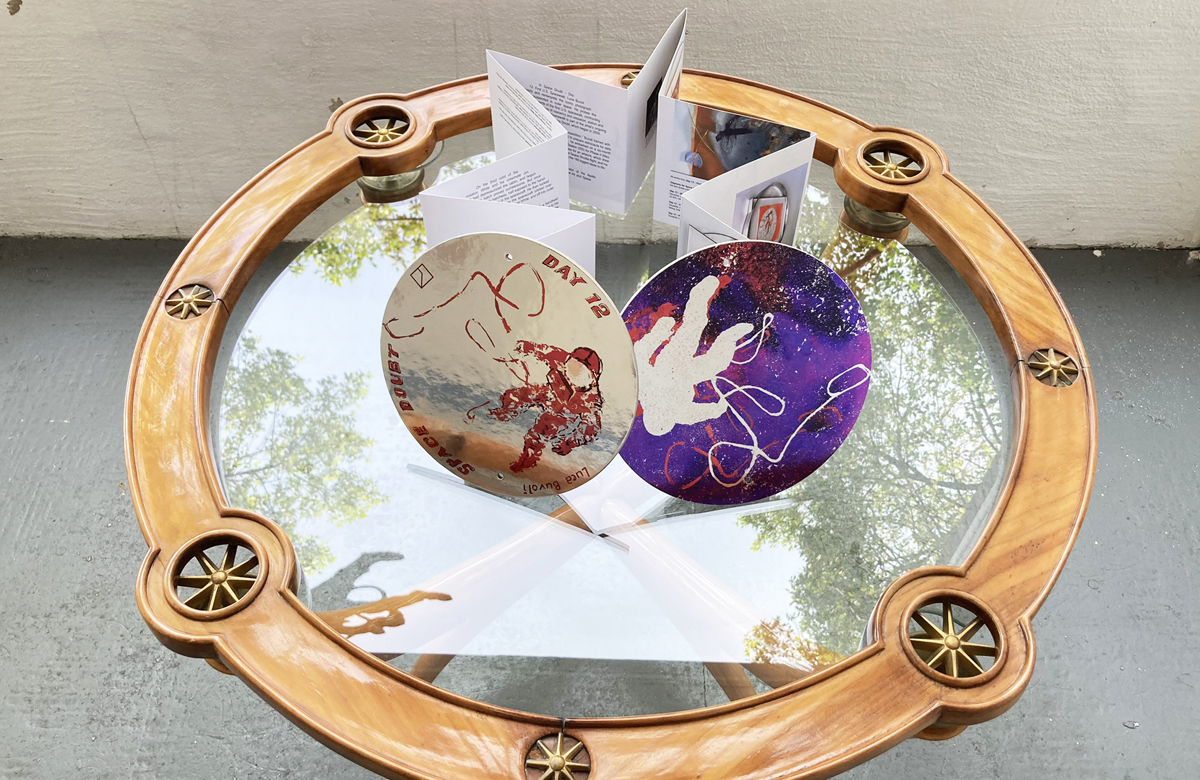
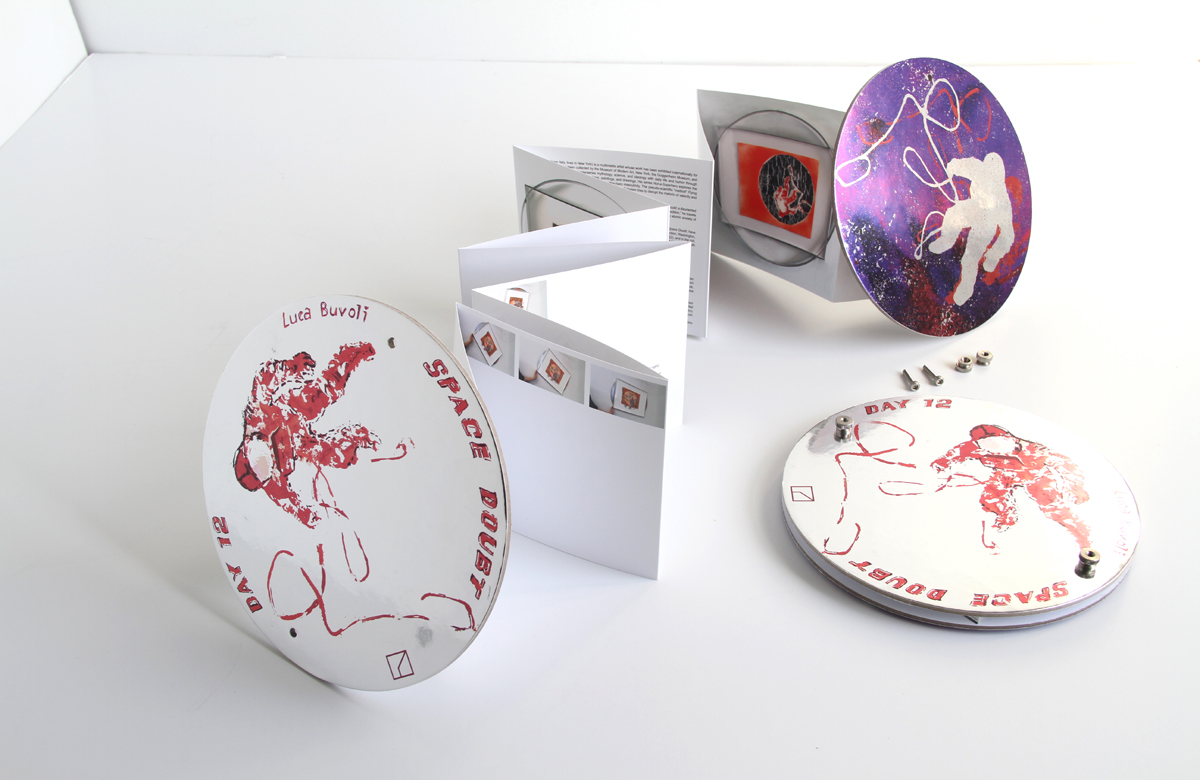
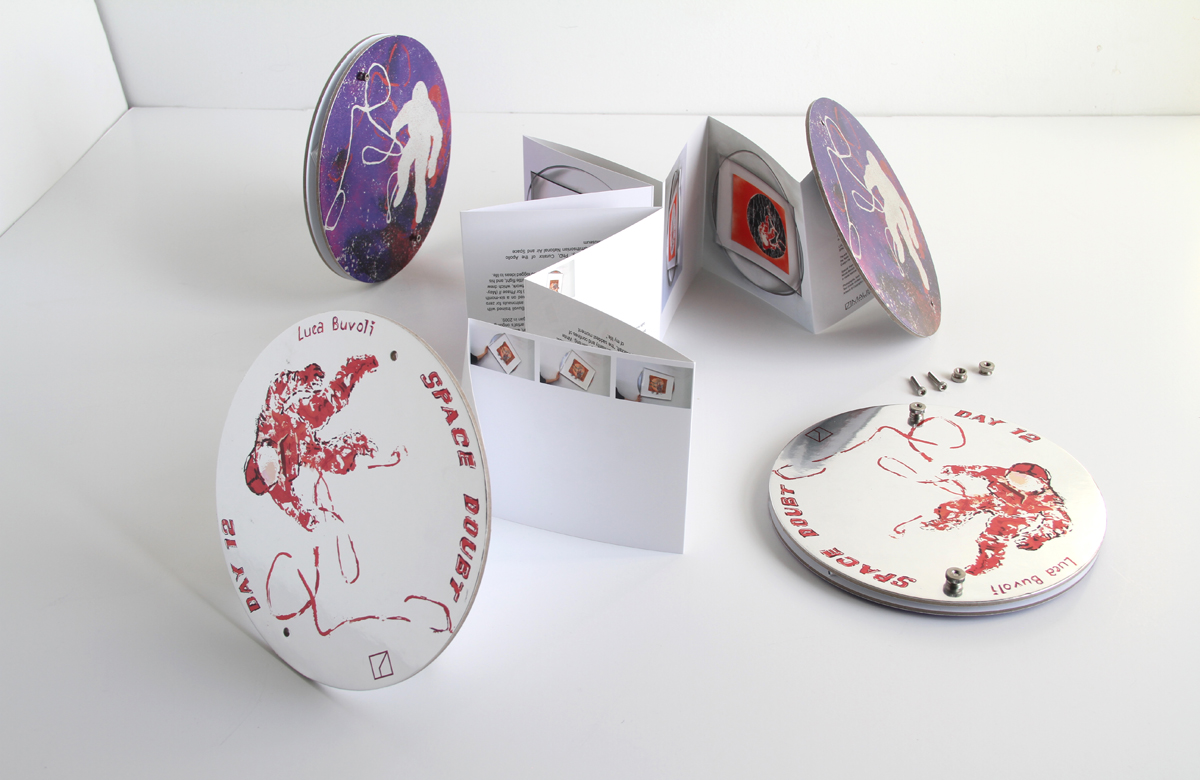
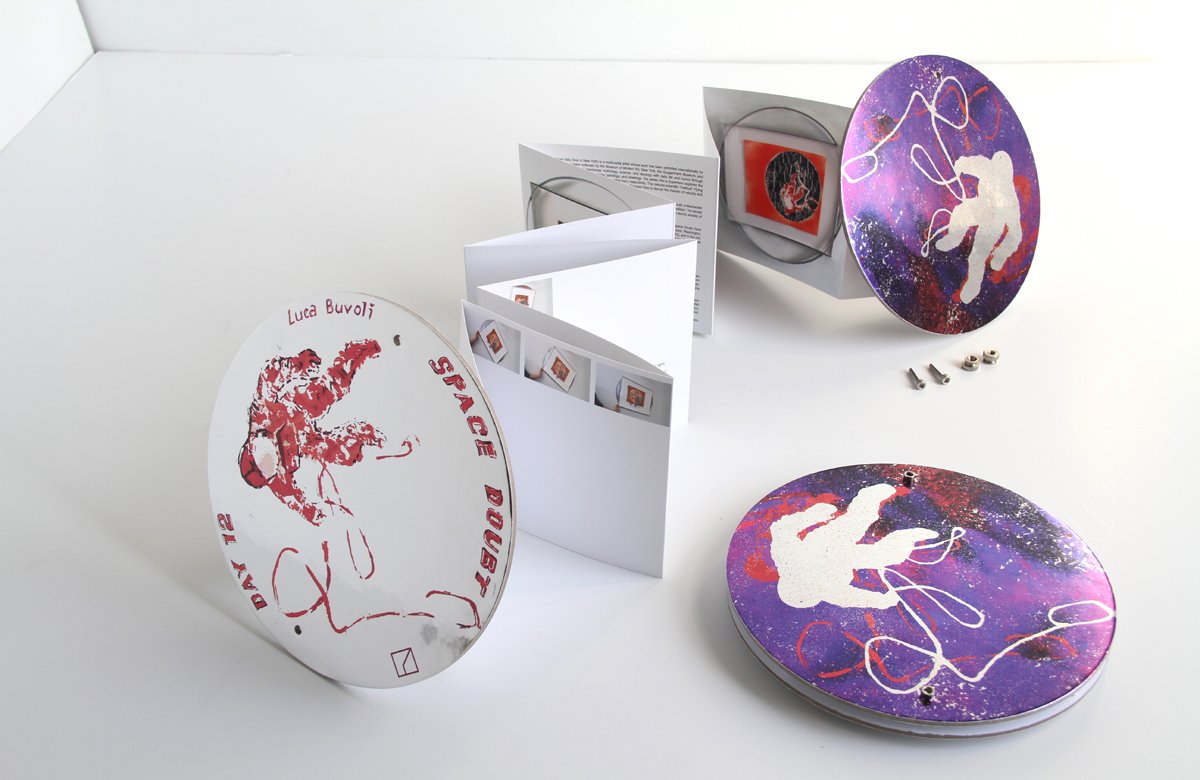
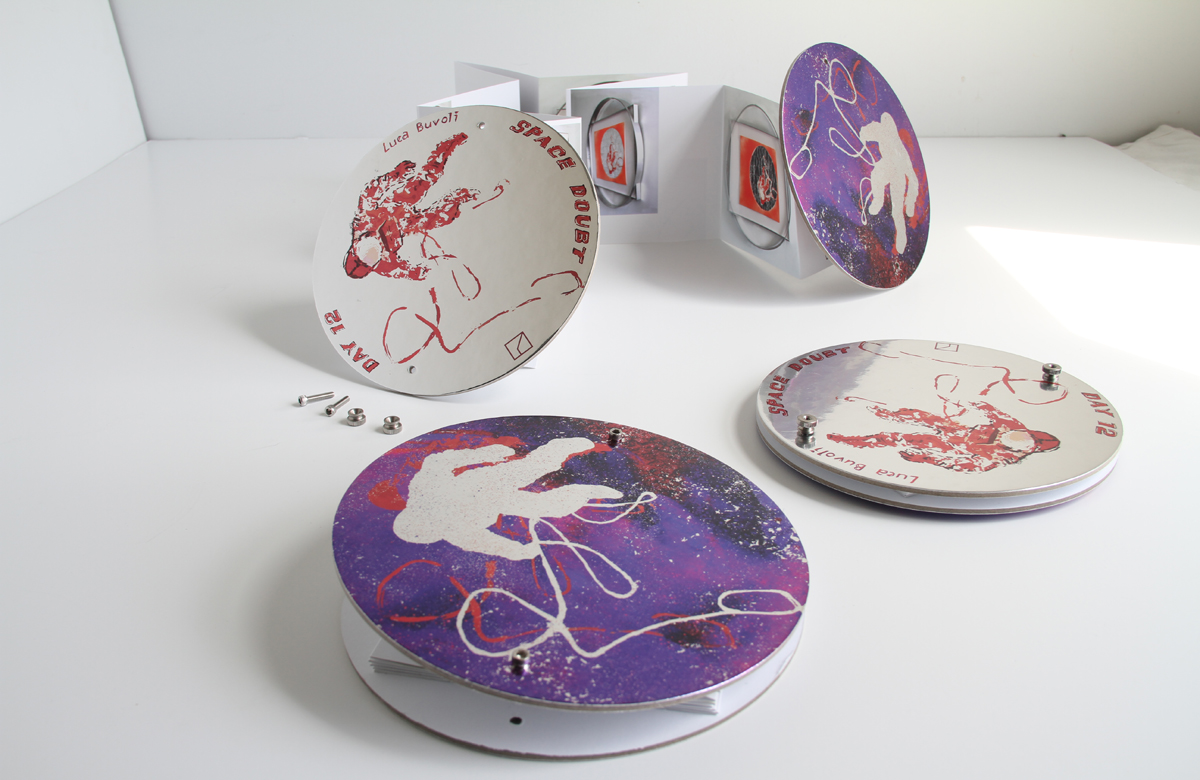
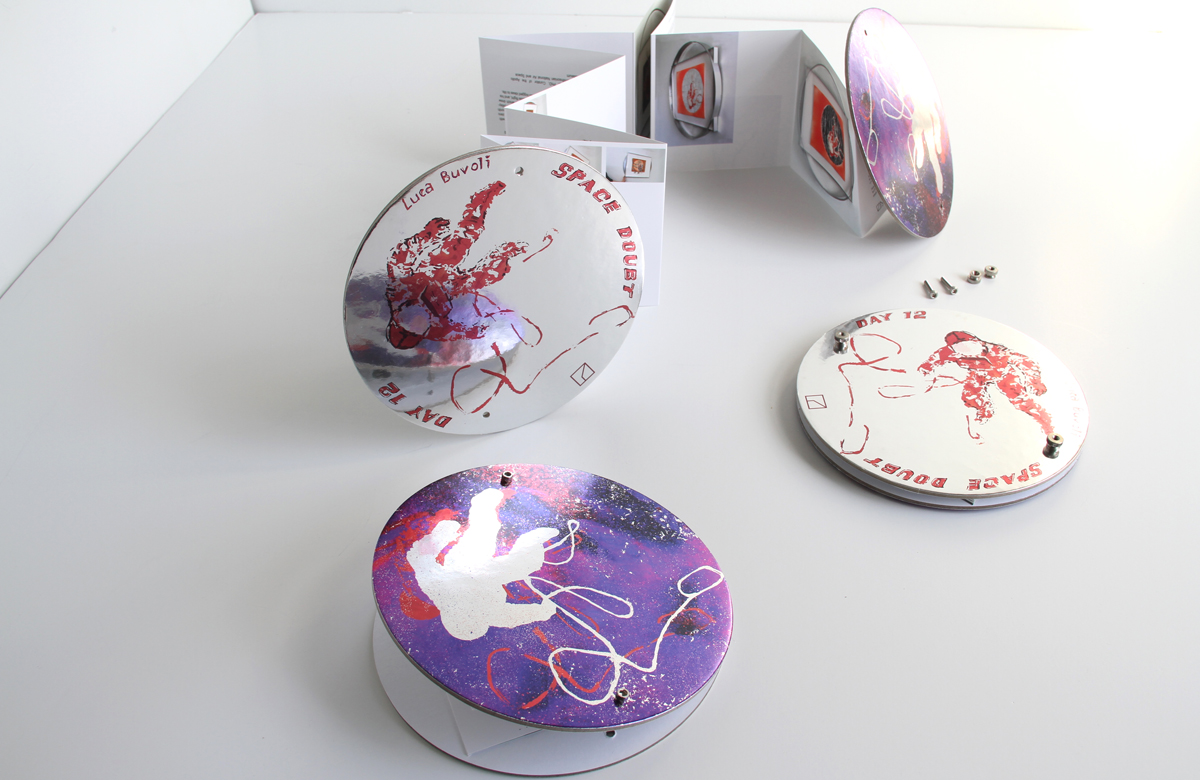
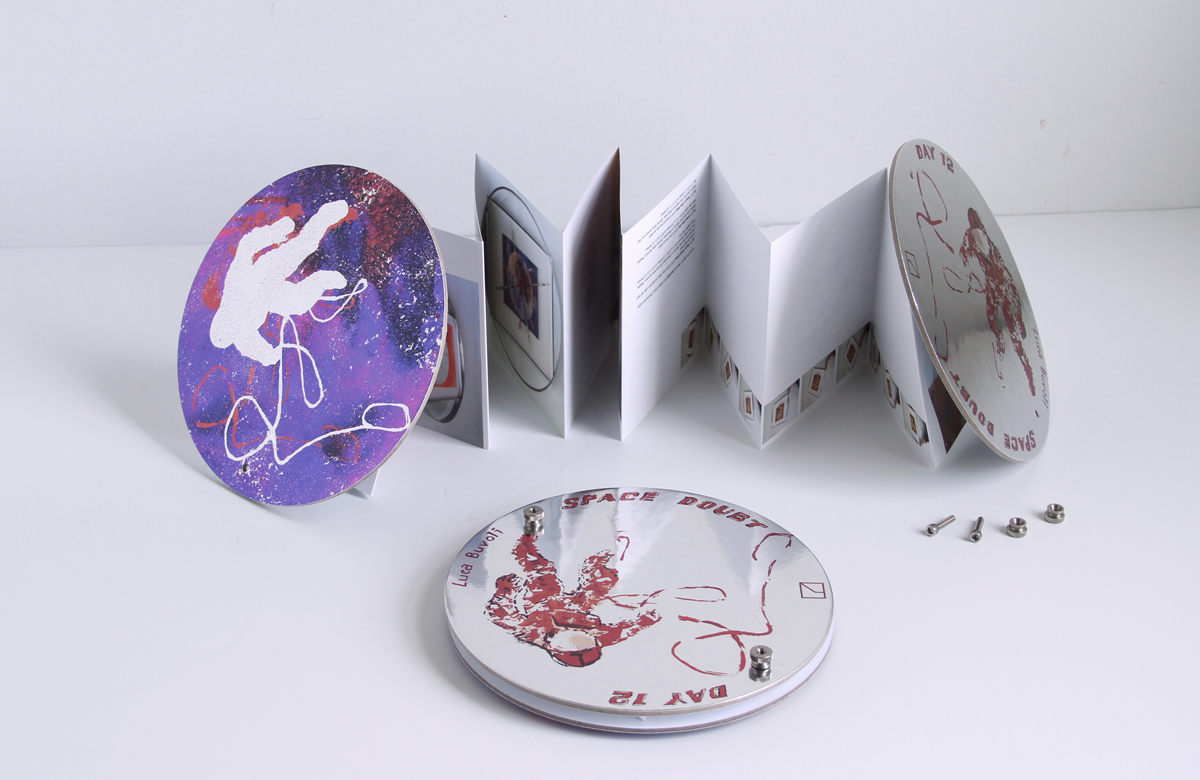
New York-based multimedia artist Luca Buvoli (b. 1963, Italy) has exhibited internationally for three decades. His work intertwines mythology, science, and ideology, with daily life and humor. Major institutions such as the Museum of Modern Art (MoMA) and the Guggenheim Museum in New York have acquired his work, and his animated films and videos have been screened internationally at the Lincoln Center, New York; MoMA, New York; and the British Library, London.
His expanded multimedia projects have been presented at the 2007 Venice Biennale, the 1997 Johannesburg Biennale, and other biennials in Asia and Europe.
Buvoli’s museum solo shows include the Phillips Collection, Washington DC (Digital Intersection, 2020), the Philadelphia Museum of Art (2001), the M.I.T. List Center, Cambridge (2000), ICA in Philadelphia (2007), and gallery solo shows at Cristin Tierney gallery (2022), Susan Inglett gallery (2009), Hyundai Gallery (2012), and John Weber Gallery (1995, 1997, 1999). Group shows include the Utopia Matters (Deutsche Guggenheim Museum in Berlin, 2010, pre-installation rendering shown on left), Venice Biennale (2007, image above, on right), Greater New York at P.S. 1 MoMA (2000), and the 2nd Johannesburg Biennale, South Africa (1997). Permanent public commissions are in New York, Houston, and in Seattle.
Luca Buvoli has been a 2017 Smithsonian Artist Research Fellow at the National Air and Space Museum in Washington DC. He is the Director of the Mount Royal School of Art Multidisciplinary Master of Fine Arts Program at the Maryland Institute College of Art in Baltimore, Maryland.
A Very Beautiful Day After Tomorrow (Un Bellissimo Dopodomani)
This project for the 52nd International Venice Biennale elaborates on and questions the prediction, “There will be a very beautiful day after tomorrow.” F. T. Marinetti tried to reassure his daughter with these hopeful words near the end of his life. The project explores aesthetic and well as political aspects of aeronautics. Words rendered in resin rise along the walls. Dynamic vector lines and an idealized, mechanized flying human shape surround the viewer.
![Luca Buvoli, "Vector Tricolor [Anachroheroism], Wall of Propaganda Posters [Anachroheroism]" at the 52nd International Venice Biennale, 2007 Luca Buvoli, "Vector Tricolor [Anachroheroism], Wall of Propaganda Posters [Anachroheroism]" at the 52nd International Venice Biennale, 2007](../../attachments/Image/Luca_Buvoli_ARSENALE_at_the_52-nd_International_Venice_Biennale_1.jpg?template=generic) Luca Buvoli, "Vector Tricolor [Anachroheroism], Wall of Propaganda Posters [Anachroheroism]" at the 52nd International Venice Biennale, 2007
Luca Buvoli, "Vector Tricolor [Anachroheroism], Wall of Propaganda Posters [Anachroheroism]" at the 52nd International Venice Biennale, 2007
Luca Buvoli, "Vector Tricolor [Anachroheroism], Wall of Propaganda Posters [Anachroheroism]" at the 52nd International Venice Biennale, 2007
Details, views of front entrance (top image) and first Arsenale room (image hereunder), sculptural and video installation at 52nd International Venice Biennale.
Reinforced polyester and polyurethane resin, metal, glass and marble mosaic, gouache on paper, and other materials. Dimensions variable.
![Luca Buvoli, "Un Bellissimo Dopodomani–Mosaic [Anachroheroism]" at the 52nd International Venice Biennale, 2007 Luca Buvoli, "Un Bellissimo Dopodomani–Mosaic [Anachroheroism]" at the 52nd International Venice Biennale, 2007](../../attachments/Image/Luca-Buvoli-represents-Italy-at-the-52nd-Venice-Biennale-pic2.png?template=generic) Luca Buvoli, "Un Bellissimo Dopodomani–Mosaic [Anachroheroism]" at the 52nd International Venice Biennale, 2007
Luca Buvoli, "Un Bellissimo Dopodomani–Mosaic [Anachroheroism]" at the 52nd International Venice Biennale, 2007
Luca Buvoli, "Un Bellissimo Dopodomani–Mosaic [Anachroheroism]" at the 52nd International Venice Biennale, 2007
 Ed White photographed by James McDivitt, image credit: NASA“Ed was on a long string, so to speak, and when he’d get out to the end of the line the tension in it slowed him down, then pulled him back toward the point where the cable was fastened. As he was floating away from the spacecraft and as he moved around I could look out the hatch and see him against the background of the Earth. That was rather impressive.” - James McDivitt
Ed White photographed by James McDivitt, image credit: NASA“Ed was on a long string, so to speak, and when he’d get out to the end of the line the tension in it slowed him down, then pulled him back toward the point where the cable was fastened. As he was floating away from the spacecraft and as he moved around I could look out the hatch and see him against the background of the Earth. That was rather impressive.” - James McDivitt
image: Astronaut Edward H. White II performing the first American spacewalk during the Gemini 4 mission on June 3, 1965.
White, pilot of the Gemini IV four-day Earth-orbital mission, floats in the zero gravity of space outside the Gemini IV spacecraft. White wears a specially designed spacesuit; and the visor of the helmet is gold plated to protect him against the unfiltered rays of the sun. He wears an emergency oxygen pack, also. He is secured to the spacecraft by a 25-feet umbilical line and a 23-feet tether line, both wrapped in gold tape to form one cord. In his right hand is a Hand-Held Self-Maneuvering Unit (HHSMU) with which he controls his movements in space. Photograph by James A. McDivitt, command pilot of the mission, image credit: NASA
On the third orbit of the mission, White and his crewmate Jim McDivitt had depressurized the cabin, and begun preparations. The hatch proved cumbersome. But once opened, White stood in the hatchway, half exposed to the harsh elements of space and half secure in the spacecraft. He then tucked his legs up and over the hatch’s edge as the spacecraft orbited over Hawaii. A stray glove floated out of the capsule, past White, and off into outer space, lost for good.
For the first few minutes of the spacewalk, White maneuvered with a handheld “zip gun,” which shot compressed air into outer space. He positioned it close to his body, ensuring greater control. But after four too-brief minutes, he expended all the gas and was left navigating outer space with only the umbilical, his lifeline. Gold and shiny, and 23.5-feet long, the umbilical housed an oxygen hose, electrical connectors, and a communications lead. “You looked like you were in your mother’s womb,” McDivitt later told him.
White reveled in his newfound disorientation, free from the sensations of speed, gravity, and direction. “You could almost not drag me in,” he said, before finally relenting. White called the return to the familiarity and confines of the spacecraft, “the saddest moment of my life.”
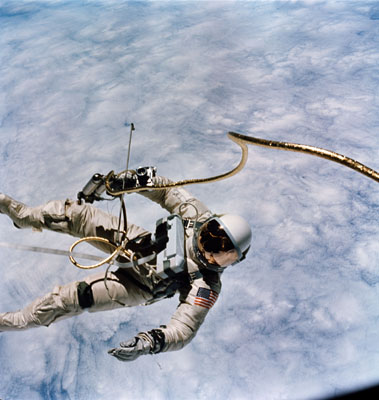 Ed White photographed by James McDivitt, image credit: NASA“There was absolutely no sensation of falling. There was very little sensation of speed,” recounted astronaut Ed White in his attempt to relate the experience of spacewalking to his Earth-bound colleagues. Rather, he felt “like a weight on the end of a string.” For twenty-one minutes in 1965, White bobbed above Earth in his spacesuit, orbiting at a speedy 17,500 miles an hour. A sole golden umbilical tethered him to his Gemini spacecraft. His spacesuit’s layers of nylon, mylar, and Nomex were all that insulated him from the vacuum of outer space.
Ed White photographed by James McDivitt, image credit: NASA“There was absolutely no sensation of falling. There was very little sensation of speed,” recounted astronaut Ed White in his attempt to relate the experience of spacewalking to his Earth-bound colleagues. Rather, he felt “like a weight on the end of a string.” For twenty-one minutes in 1965, White bobbed above Earth in his spacesuit, orbiting at a speedy 17,500 miles an hour. A sole golden umbilical tethered him to his Gemini spacecraft. His spacesuit’s layers of nylon, mylar, and Nomex were all that insulated him from the vacuum of outer space.
White’s spacewalk, or as NASA termed it, “extravehicular activity (EVA),” although fleeting, felt profound. “This is the greatest experience I’ve… it’s just tremendous,” he explained. So tremendous, he ignored orders and then pleas from Mission Control and his crewmate to return to the spacecraft.
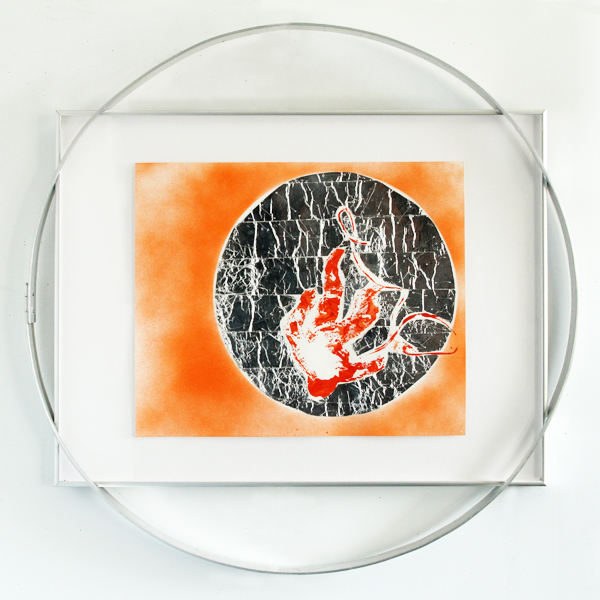 Luca Buvoli Day 12: First U.S. Spacewalk
Luca Buvoli Day 12: First U.S. Spacewalk
In Space Doubt – Day 12: First U.S. Spacewalk, Luca Buvoli revisits and reinterprets the iconic photograph of White, suspended in outer space. He probes the destabilizing elements of the first U.S. spacewalk, confronting White’s conjoined emotions of nascency and cessation, elation and desolation. Day 12: First U.S. Spacewalk is part of the artist’s ongoing multi-media “expedition” entitled Space Doubt, which began in 2009.
In Phase I (2009-2011), of the three-phase “expedition,” Buvoli trained with NASA scientists, undergoing experiments used to prepare astronauts for zero gravity, motion sickness, and vertigo. In 2011, he embarked on a six-month fictional residency on the International Space Station (ISS) for Phase II (May-November 2011). Each day he logged one idea for an artwork, which drew inspiration from outer space, science, the final Space Shuttle flight, and his own life. Phase III (2011-current) is bringing the 180 logged ideas to life.
- Teasel Muir-Harmony, PhD, Curator of the Apollo Collection, Smithsonian National Air and Space Museum
_________________________
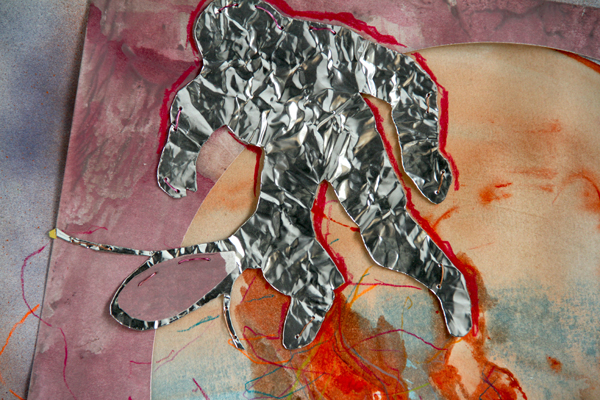 Luca Buvoli DAY 12 - Besides (detail)
Luca Buvoli DAY 12 - Besides (detail)
DAY 12 – Spacewalk is one of the many projects of the Buvoli’s ongoing multi-media “expedition” entitled Space Doubt, begun by the artist in 2009 with the collaboration of NASA scientists, and continued thanks to a Smithsonian Artist Research Fellowship at the National Air and Space Museum in Washington, D.C.
The collage-based paintings on paper of DAY 12 - Spacewalk are loosely based on a single iconic photograph showing astronaut Ed White during the first U.S. spacewalk (or better, in space jargon, E.V.A. – Extra-Vehicular Activity).
This important event in space exploration history is revisited as a sign destabilizing the certainty of knowledge and heroes (Ed White perished in the Apollo I fire two years later). In these uncertain times, as we emerge from the isolation of the pandemic, these works speak of our difficulty of reorienting and reshaping ourselves in the world.
The silhouette of the astronaut is portrayed as an evanescent shape – not yet appeared or already disappearing. The traces of the heroic performance, painted with liquid (watercolor, gouache), solid (glitter, pencil, and resin), and gaseous techniques (spray paint), are stitched with wires and sheets of thin metal that evoke the suit or ”armor” protecting the body from a threatening extraplanetary environment.
Most of these works incorporate a painted word, perhaps a fragment of a never uttered sentence that embodies suspension and incompleteness, words such as “Maybe,” "Almost," "However." They are enclosed in frames built in the artist’s studio with interconnected circular metal structures (tubing, sheet metal, bars) reminiscent of parts of early spaceships. Built so that they can be spun around by the viewer, they provoke disorientation.
The fluctuating nature of the image/text and the rotation of the works embody a "gravitational aesthetics" present throughout the entire Space Doubt project, reflecting on the anxiety and the aesthetic possibilities opened up by new technologies (space simulators, muscular fatigue blockers, orbital flight) and new biological-environmental challenges.
_________________________
JUST PUBLISHED






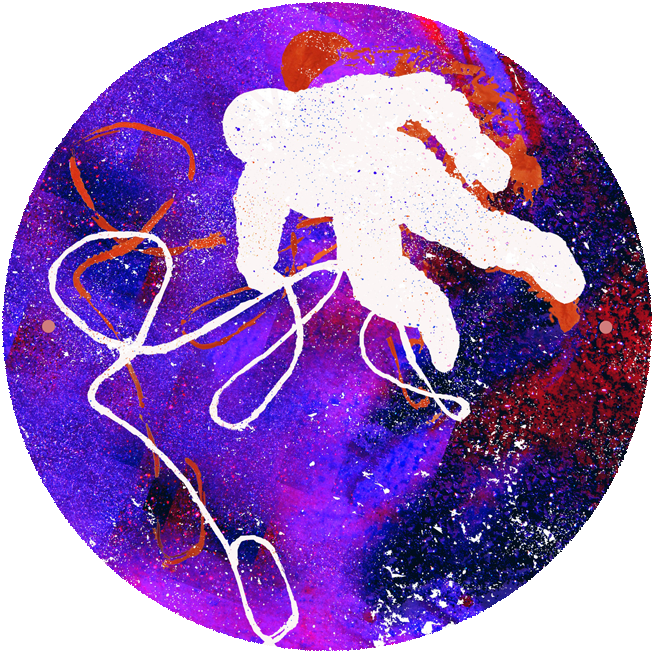 LUCA BUVOLI: DAY 12 - SPACEWALK LUCA BUVOLI: DAY 12 - SPACEWALK |
LUCA BUVOLI:
DAY 12 - SPACEWALK
WITH TEXTS BY TEASEL MUIR-HARMONY, PhD Curator at the Apollo Collection, Smithsonian National Air and Space Museum, Washington, D.C. and LUCA BUVOLI
ROUND HARDCOVER ACCORDION BOOK, 28 PAGES, FULL COLOR COVER SIZE: APPROX. 8.1 BY 8.1 IN. (CA. 20,5 BY 20,5 CM) PAGE SIZE: 5.5 BY 5.5 IN. (CA 14 BY 14 CM)
ISBN: 978-0-9988397-3-8 |
The newly published artist book LUCA BUVOLI: DAY 12 - SPACEWALK is now available at a price of $60 (S&H to the continental US included). To order your copy, please send us an email with the subject line Luca Buvoli Publication by clicking HERE.
All orders will be shipped out the week of August 7, 2023.
...
A special edition of only 25 signed and numbered copies of LUCA BUVOLI: DAY 12 - SPACEWALK is now available at a price of $100 (S&H to the continental US included).
To order your copy, please send us an email with subject line Luca Buvoli Publication Limited Edition by clicking HERE.
All orders will be shipped out the week of August 7, 2023.
___________________
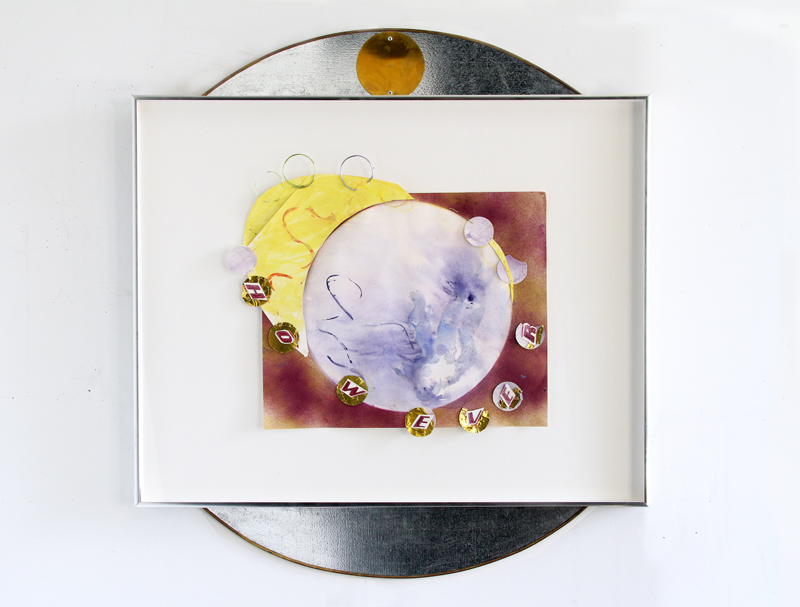 Luca Buvoli DAY 12 - However (Yellow - Violet)
Luca Buvoli DAY 12 - However (Yellow - Violet)
Luca Buvoli
DAY 12 - However (Yellow - Violet)
2016-2018
gouache, spray paint, wire, and metal foil on Bristol paper
kinetic frame structure: aluminum, Plexiglass, sheet metal, tubing, brass
overall dimensions: 33.25 by 20.25 by 1.5 in. (84,5 by 51,4 by 3,8 cm)
private collection, Birmingham, AL
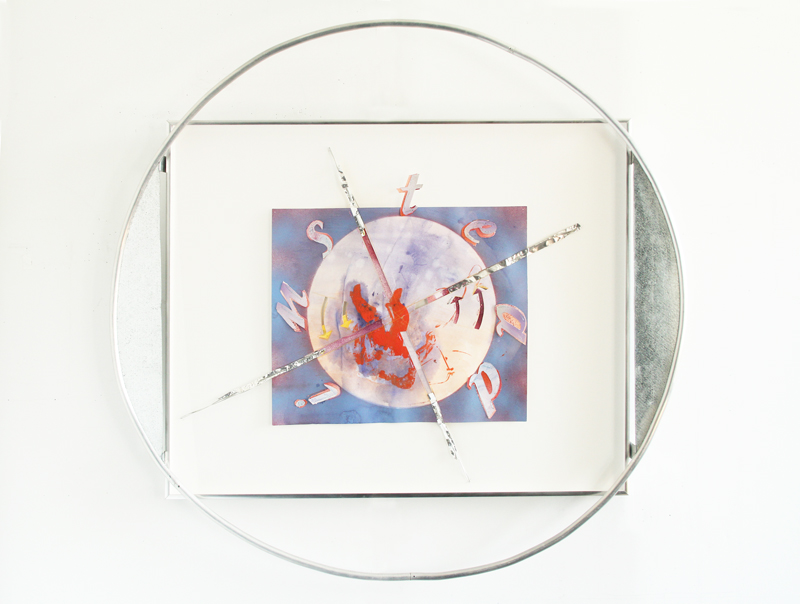 Luca Buvoli DAY 12 - Instead (Blue - Red)
Luca Buvoli DAY 12 - Instead (Blue - Red)
Luca Buvoli
DAY 12 - Instead (Blue - Red)
2016-2018
gouache, spray paint, wire, and metal foil on Bristol paper
kinetic frame structure: aluminum, Plexiglass, sheet metal, tubing, brass
overall dimensions: 35.7 by 37.25 by 2.1 in. (90,7 by 94,6 by 5,3 cm)
private collection, Fort Lauderdale, FL
 Luca Buvoli DAY 12 - Almost (Orange - Violet)
Luca Buvoli DAY 12 - Almost (Orange - Violet)
Luca Buvoli
DAY 12 - Almost (Orange - Violet)
2016-2018
gouache, spray paint, wire, glitter, glue, and metal foil on Bristol paper
kinetic frame structure: aluminum, Plexiglass
overall dimensions: 33.7 by 34.1 by 2 in. (85,6 by 86.6 by 5.1 cm)
private collection, Baltimore, MD
 Luca Buvoli DAY 12 - Maybe (Orange - Green)
Luca Buvoli DAY 12 - Maybe (Orange - Green)
Luca Buvoli
DAY 12 - Maybe (Orange - Green)
2016-2018
gouache, spray paint, wire, and metal foil on Bristol paper
kinetic frame structure: aluminum, Plexiglass, sheet metal, tubing, brass foil, wire
overall dimensions: 24.25 by 36.25 by 1.75 in. (61,6 by 92.1 by 4,4 cm)
private collection, New York, NY
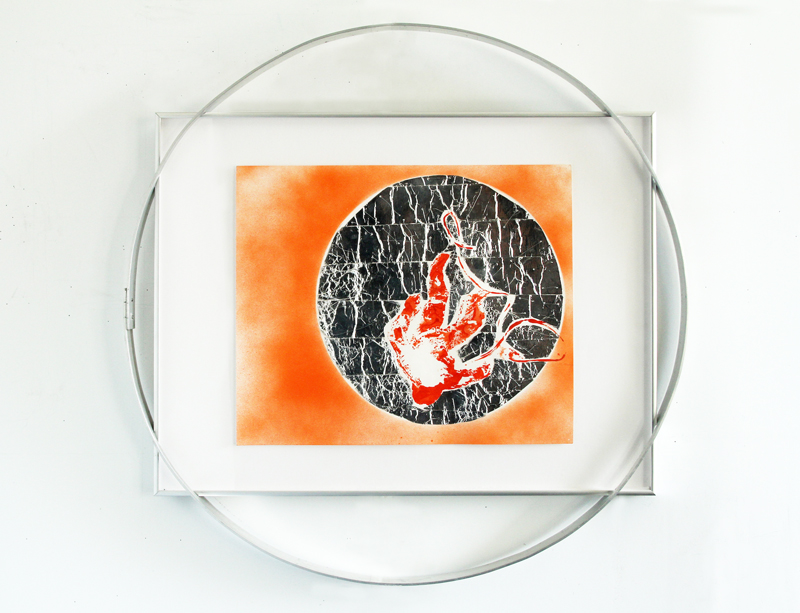 Luca Buvoli DAY 12 - No Words (Orange and Silver Metal)
Luca Buvoli DAY 12 - No Words (Orange and Silver Metal)
Luca Buvoli
DAY 12 - No Words (Orange and Silver Metal)
2016-2018
gouache, spray paint, wire, and metal foil on Bristol paper
kinetic frame structure: aluminum, Plexiglass
overall dimensions: 27.75 by 28 by 1.5 in. (70,5 by 71,1 by 3,8 cm)
private collection, Birmingham, AL
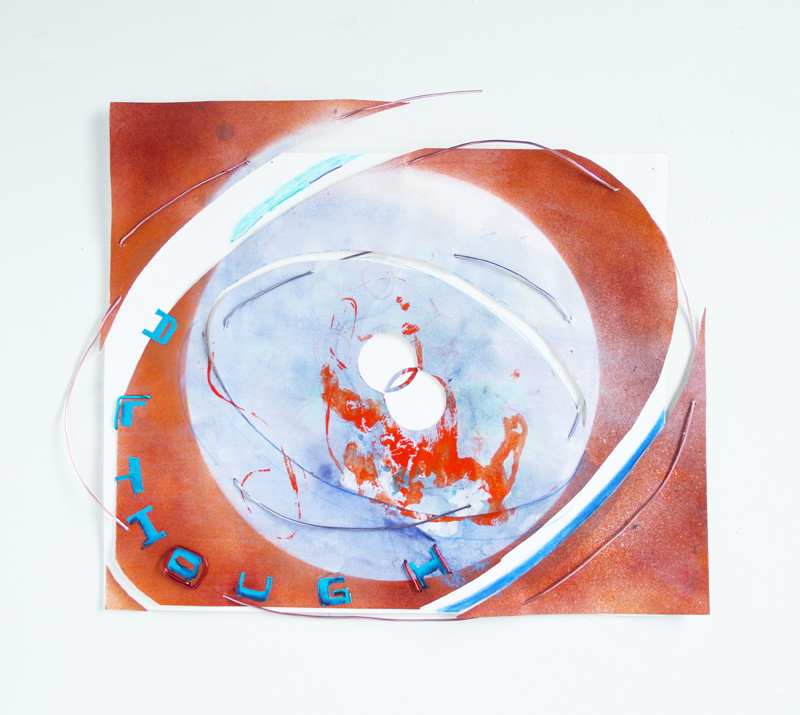 Luva Buvoli DAY 12 - Although
Luva Buvoli DAY 12 - Although
Luca Buvoli
DAY 12 - Although (Sienna - Blue)
2023
gouache, pencil, spray paint, and wire on Bristol paper
15.75 by 19.25 in. (40 by 48,9 cm)
private collection, Birmingham, AL
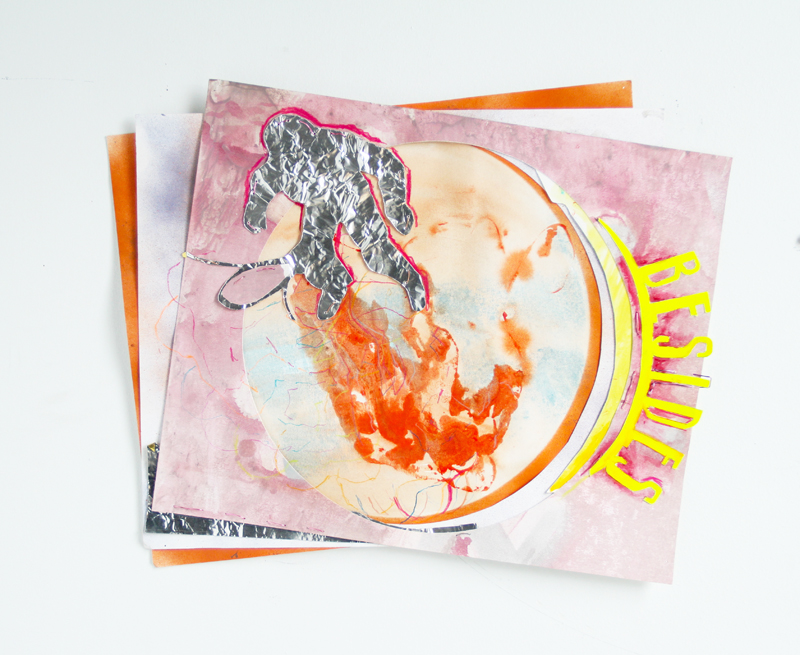 Luca Buvoli DAY 12 - Besides
Luca Buvoli DAY 12 - Besides
Luca Buvoli
DAY 12 - Besides (Yellow - Orange)
2023
gouache, pencil, spray paint, wire, and metal foil on Bristol paper
16.25 by 20.25 in. (41,3 by 51,4 cm)
private collection, Birmingham, AL
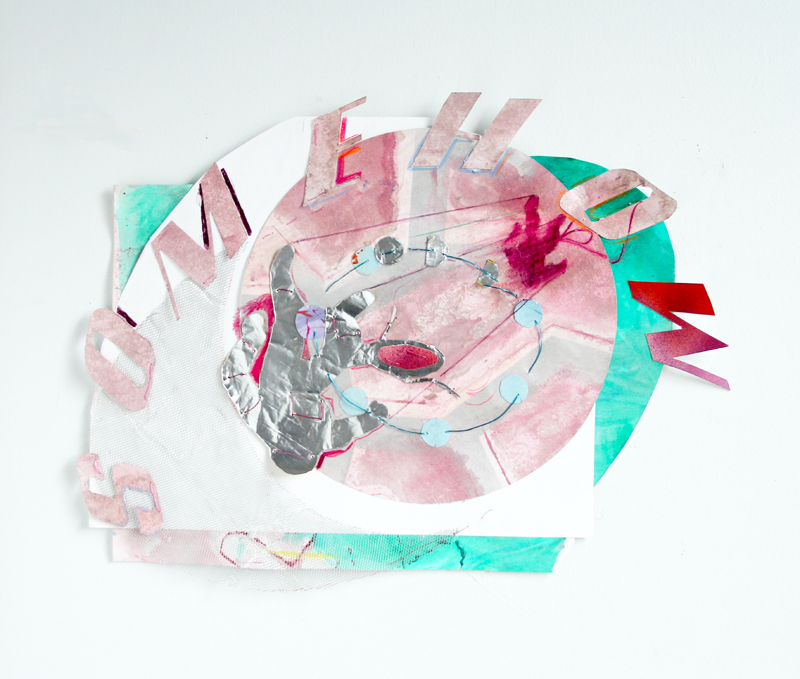 Luca Buvoli DAY 12 - Somehow
Luca Buvoli DAY 12 - Somehow
Luca Buvoli
DAY 12 - Somehow (Green - Pink)
2023
gouache, pencil, spray paint, wire, metal mesh, and metal foil on Bristol paper
17 by 22 in. (43,2 by 55,9 cm)
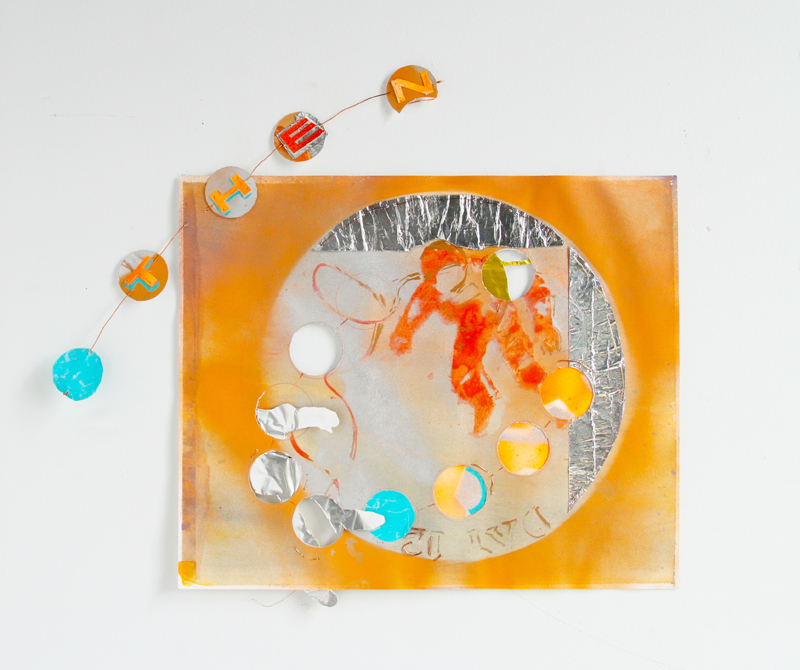 Luca Buvoli DAY 12 - Then
Luca Buvoli DAY 12 - Then
Luca Buvoli
DAY 12 - Then (Orange - Aqua)
2023
gouache, pencil, spray paint, wire, and metal foil on Bristol paper
16.5 by 18.5 in. (41,9 by 47 cm)
private collection Fort Lauderdale, FL
Galaxy Wall and Astrodoubt
 Luca Buvoli "Galaxy Wall", photograph by Natalia Carstens
Luca Buvoli "Galaxy Wall", photograph by Natalia Carstens
Luca Buvoli
Galaxy Wall
2022
comprised of 33 individual elements / drawings (acrylic, gouache, ink, pencil, and collage on black acid-free paper),
MDF panels, polymer clay frames reinforced with wire mesh, wood, primer, spray paint, and curtain rods
each drawing approx. 12 by 9 in. / 9 by 12 in. (ca. 30,5 by 22,9 cm / 22,9 by 30,5 cm)
as installed approx 8ft 4in by 19ft (ca. 255 by 580 cm)
 Luca Buvoli "Galaxy Wall", detail, photograph by Natalia Carstens
Luca Buvoli "Galaxy Wall", detail, photograph by Natalia Carstens
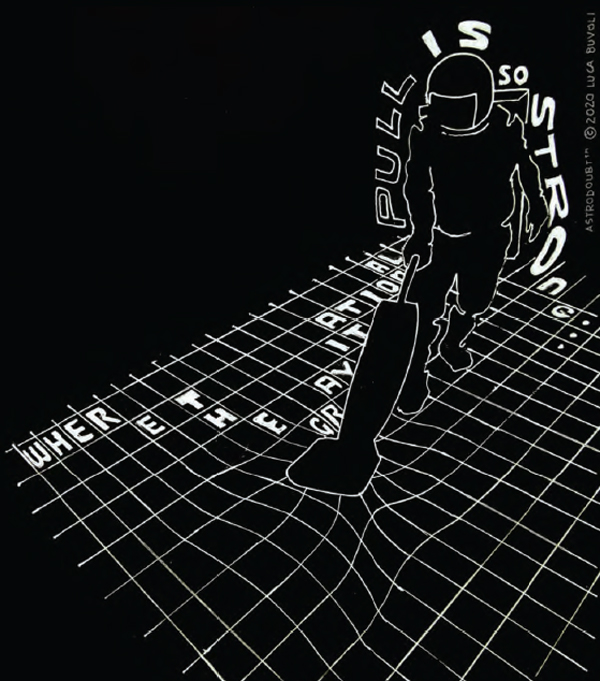 Luca Buvoli "Galaxy Wall", detail
Luca Buvoli "Galaxy Wall", detail
Buvoli began The Quarantine Chronicles - his daily practice of expression and communication - while living in isolation during quarantine.
The protagonist is Astrodoubt, a fictitious astronaut who imagines drifting into space to escape ecological disaster, but is instead is grounded on this planet by the deadly pandemic.
Astrodoubt’s only hope for survival is “humor and creativity.”
The series is part of the artist’s Space Doubt Expedition Project, which began in 2009 in collaboration with NASA scientists and other institutions, including the Smithsonian National Air and Space Museum. Over more than one decade, the project evolved from sculpture and drawing to painting, video animations, installations, and most recently social media (@astrodoubt_).
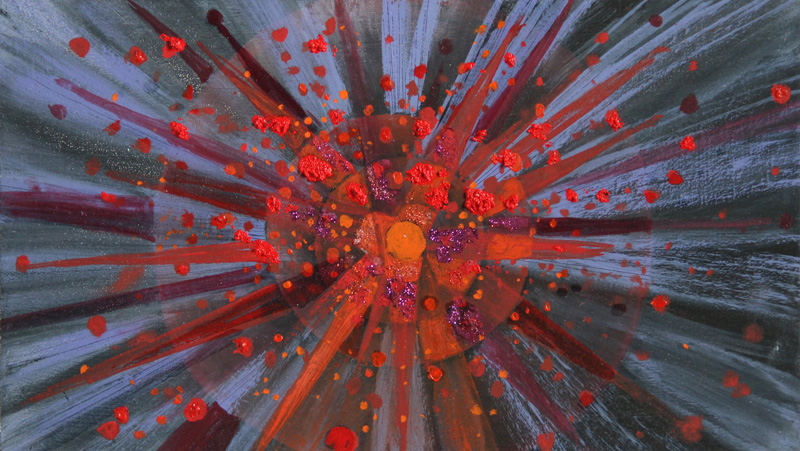 Luca Buvoli, "Big Bang"
Luca Buvoli, "Big Bang"
Luca Buvoli
Big Bang (Lesson 1) – from: A Brief History of Time (Under Covid) – in 7 Lessons
2022
oil, sand, satin varnish, and glitter on Dibond
8 by 14 in. (20,3 by 35,6 cm)
private collection, Birmingham, AL
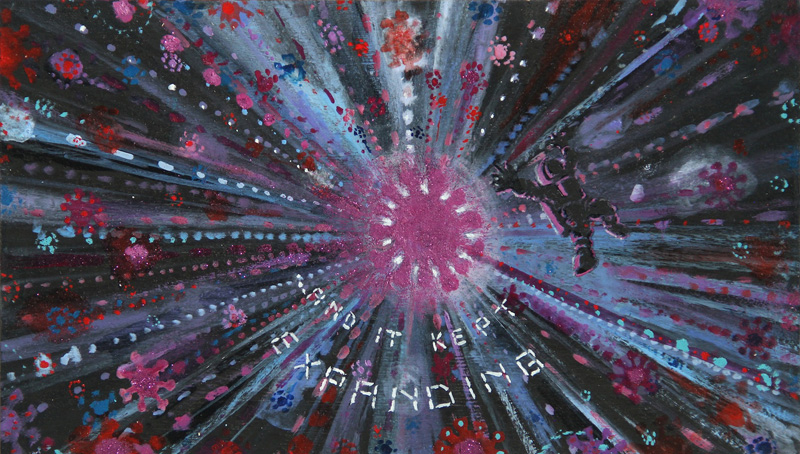 Luca Buvoli, "...And It Kept Expanding"
Luca Buvoli, "...And It Kept Expanding"
Luca Buvoli
...And It Kept Expanding (Lesson 1) – from: A Brief History of Time (Under Covid) – in 7 Lessons
2022
oil, sand, satin varnish, and glitter on Dibond
8 by 14 in. (20,3 by 35,6 cm)
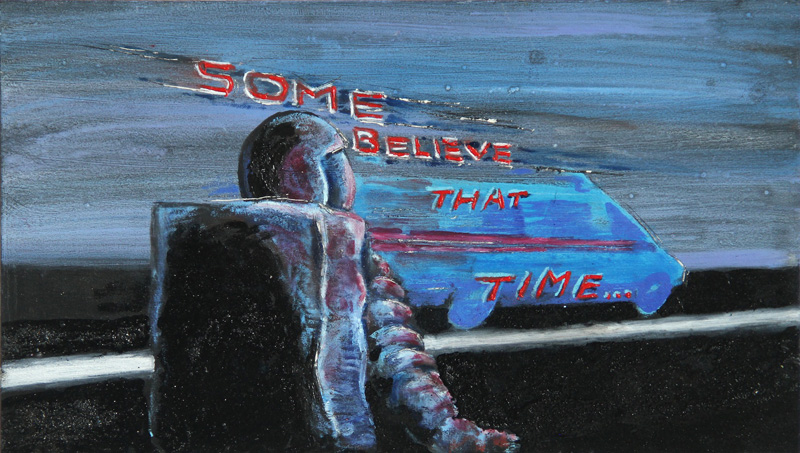 Luca Buvoli, "Some Believe That Time..."
Luca Buvoli, "Some Believe That Time..."
Luca Buvoli
Some Believe That Time... (Lesson 3) – from: A Brief History of Time (Under Covid) – in 7 Lessons
2022
oil, sand, and satin varnish on MDF
8 by 14 in. (20,3 by 35,6 cm)
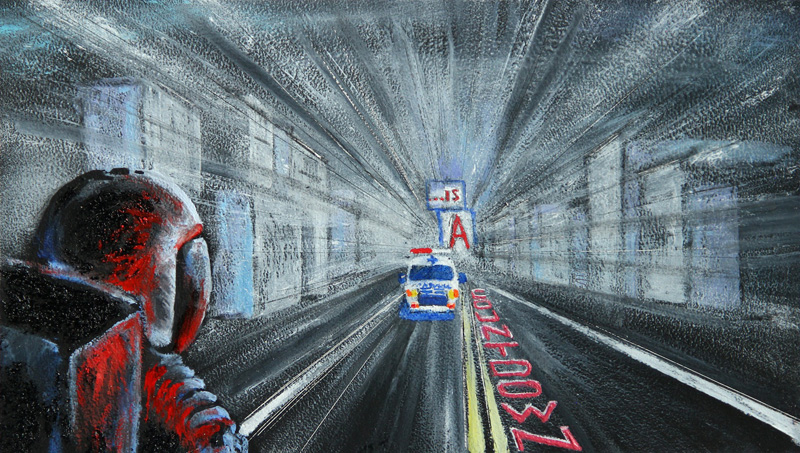 Luca Buvoli, "...Is A Countdown"
Luca Buvoli, "...Is A Countdown"
Luca Buvoli
...Is A Countdown (Lesson 3) – from: A Brief History of Time (Under Covid) – in 7 Lessons
2022
oil, sand, and satin varnish on Dibond
8 by 14 in. (20,3 by 35,6 cm)
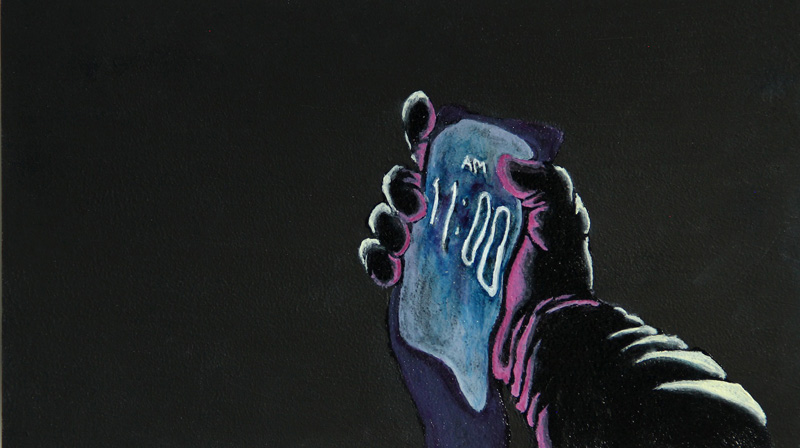 Luca Buvoli, "Melting Clock"
Luca Buvoli, "Melting Clock"
Luca Buvoli
Melting Clock (Lesson 5) – from: A Brief History of Time (Under Covid) – in 7 Lessons
2022
oil and satin varnish on Dibond
8 by 14 in. (20,3 by 35,6 cm)
 Luca Buvoli, "Time Does Not Exist"
Luca Buvoli, "Time Does Not Exist"
Luca Buvoli
Time Does Not Exist (Lesson 7) – from: A Brief History of Time (Under Covid) – in 7 Lessons
2022
oil, satin varnish, and glitter on Dibond
8 by 14 in. (20,3 by 35,6 cm)
 Luca Buvoli, "Time Can Change And Space Can Be Distorted"
Luca Buvoli, "Time Can Change And Space Can Be Distorted"
Luca Buvoli
Time Can Change And Space Can Be Distorted (Lesson 6) –
from: A Brief History of Time (Under Covid) – in 7 Lessons
2022
oil and satin varnish on Dibond
8 by 14 in. (20,3 by 35,6 cm)
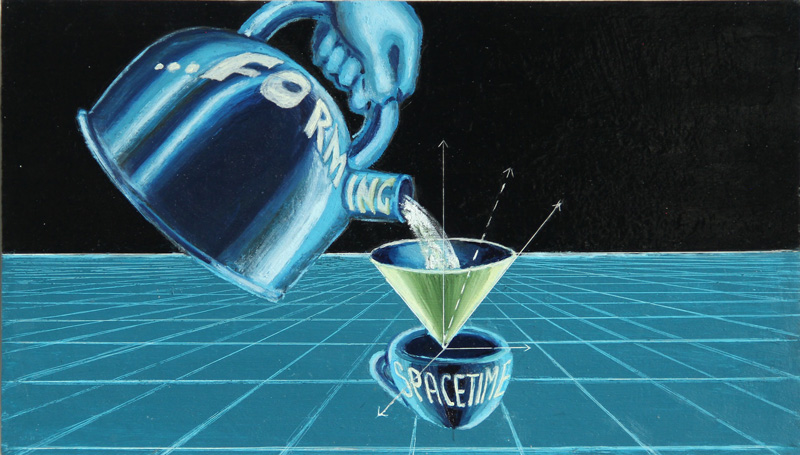 Luca Buvoli, "...Forming Spacetime"
Luca Buvoli, "...Forming Spacetime"
Luca Buvoli
...Forming Spacetime (Lesson 6) – from: A Brief History of Time (Under Covid) – in 7 Lessons
2022
oil, satin varnish, and glitter on Dibond
8 by 14 in. (20,3 by 35,6 cm)
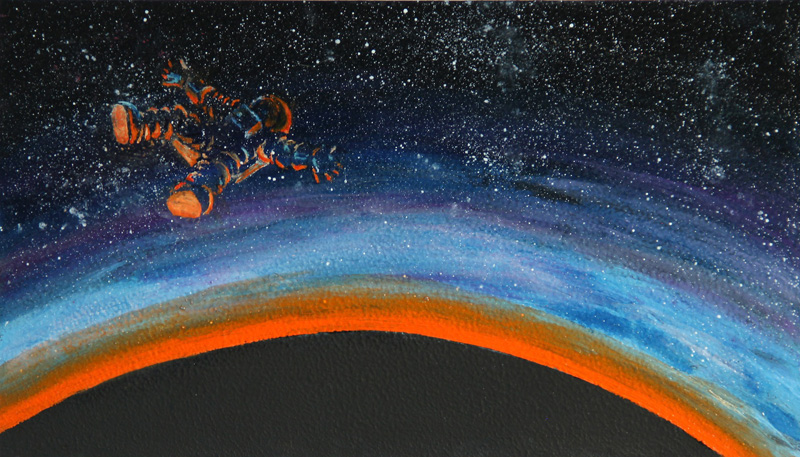 Luca Buvoli, "Astrodoubt Floating Over Horizon"
Luca Buvoli, "Astrodoubt Floating Over Horizon"
Luca Buvoli
Astrodoubt Floating Over Horizon (2nd Version – Left) –
from: Astrodoubt and the Quarantine Chronicles
2022
oil and satin varnish on Dibond
8 by 14 in. (20,3 by 35,6 cm)
private collection, Birmingham, AL
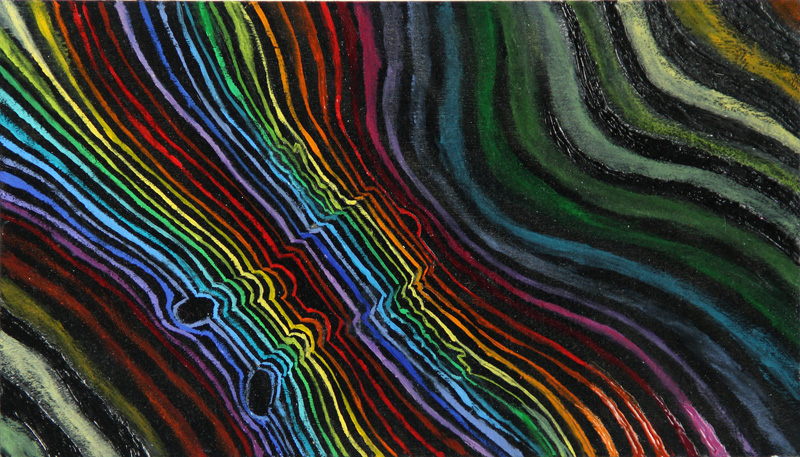 Luca Buvoli, "Astrodoubt FloaJng in GravitaJonal Waves"
Luca Buvoli, "Astrodoubt FloaJng in GravitaJonal Waves"
Luca Buvoli
Astrodoubt Floating in Gravitational Waves – from: Astrodoubt and the Quarantine Chronicles
2022
oil and satin varnish on Dibond
8 by 14 in. (20,3 by 35,6 cm)
private collection, Switzerland
